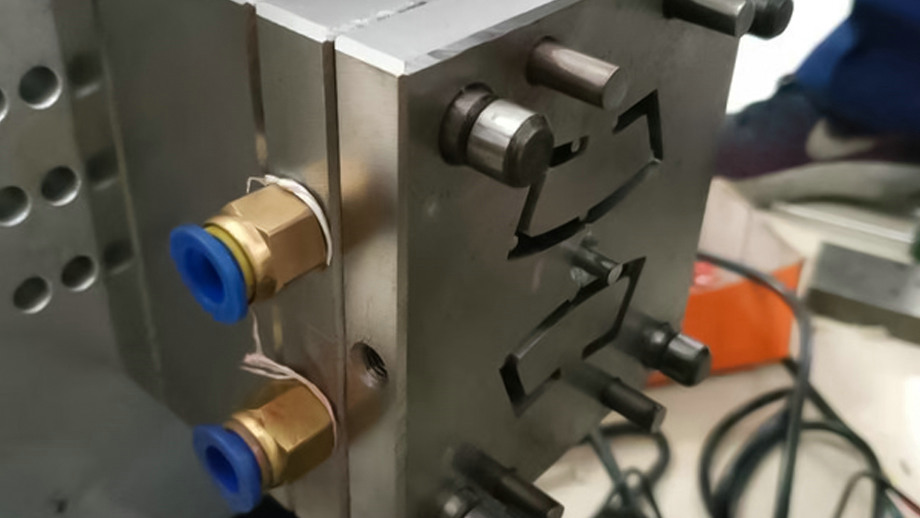Injection molding is a widely used process in the manufacturing industry. It involves the use of an injection molding machine to produce parts by injecting molten material into a mold. One of the critical components of this process is the cooling system. Cooling water circulates through the mold to help cool the molten plastic and solidify it into the desired shape. However, cooling water leakage can occur, leading to a host of problems. In this article, we will explore the causes of cooling water leakage, the potential issues it can cause, and the troubleshooting methods available.

What Causes Cooling Water Leakage?
There are several reasons why cooling water leakage can occur. Let’s take a look at some of the most common:
- Damaged Water Line
The water line is responsible for transporting water from the cooling tower to the injection molding machine. Over time, it can become damaged due to wear and tear, leading to leaks.
- Poorly Installed Water Line
An improperly installed water line can also lead to leaks. It’s essential to ensure that the water line is installed correctly and that all connections are tight and secure.
- Damaged Cooling Channel
The cooling channel is the part of the mold through which the cooling water flows. It can become damaged due to wear and tear or improper use of the injection molding machine. This damage can cause leaks.
- Damaged O-Ring
The O-ring is a critical component of the water line connection. It ensures a tight seal and prevents leaks. However, over time, the O-ring can become damaged, leading to leaks.
Potential Issues Caused by Cooling Water Leakage
Cooling water leakage can cause several problems, including:
- Reduced Quality of Parts
Cooling water is essential for ensuring that the molten plastic solidifies correctly. Without it, the parts may not be of the desired quality.
- Increased Production Time
Cooling water leakage can lead to increased production time as the injection molding machine must be stopped to address the issue.
- Increased Production Costs
Increased production time and reduced quality of parts can lead to increased production costs.
Troubleshooting Methods for Cooling Water Leakage

There are several troubleshooting methods available for addressing cooling water leakage. Let’s take a look at some of the most common:
- Inspect Water Lines
Inspect the water lines for damage. Look for cracks, holes, or other signs of wear and tear. Replace any damaged water lines.
- Check Water Line Connections
Check the water line connections to ensure that they are tight and secure. Tighten any connections that are loose.
- Inspect Cooling Channel
Inspect the cooling channel for damage. Look for cracks, holes, or other signs of wear and tear. Replace any damaged cooling channels.
- Replace O-Ring
If the O-ring is damaged, replace it with a new one.
Conclusion
Cooling water leakage is a common issue in the injection molding process. It can cause several problems, including reduced quality of parts, increased production time, and increased production costs. However, by understanding the causes and troubleshooting methods, it’s possible to address the issue and ensure that the injection molding process runs smoothly. If you’re experiencing cooling water leakage, consider contacting JS Precision for expert assistance.
